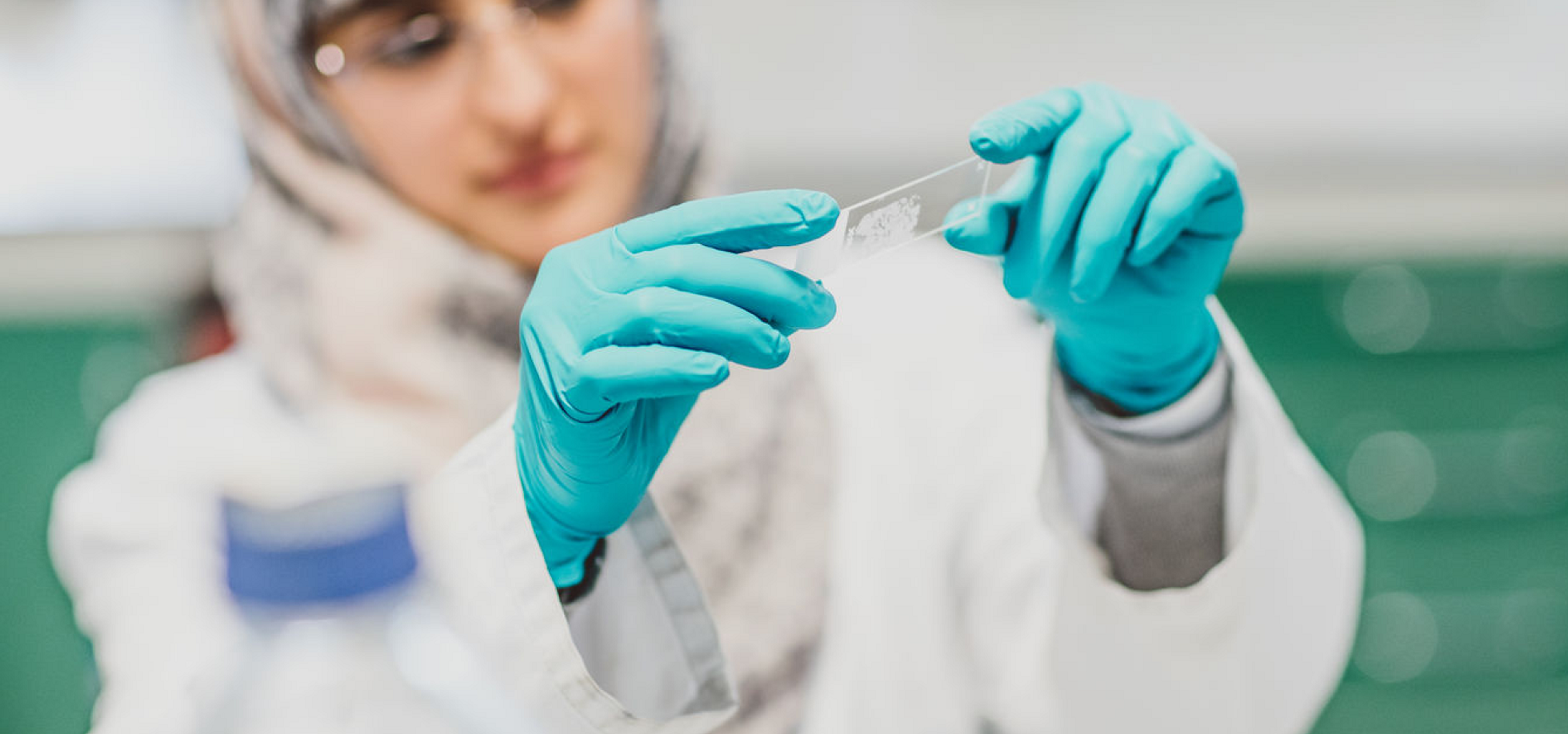
The study of cells is at the centre of modern biology. In this course we aim to integrate the molecular aspects of the control of cellular processes with the structural and dynamic aspects of cell organisation. We will review the roles of the major types of filament structures of the cytoskeleton involved in cellular and subcellular movements and in the determination of cell shape. An important topic in this course will be how cells communicate, i.e. by direct cell-cell interaction and by cell-cell signalling via small molecules and via peptides and proteins. The cytoplasmic signal transduction pathways in animal cells will be discussed. The regulation of cell reproduction and cell death is critical for the normal development of multicellular organisms and for tissue maintenance in the adult. Deregulation of these processes ultimately leads to cancer.
This course is designed to provide a core of knowledge central to an understanding of modern cell biology. It provides the background for some other second year courses and it is a prerequisite for a number of third year courses including Cancer Biology (BS349).
Learning outcomes:
To pass this module students will need to be able to:
1. explain how structure and function are interrelated in the nucleus, in the cytoplasm and in cell membranes;
2. describe the molecular composition of the cytoskeleton and cell junctions and show how they influence cell shape, cell movement and cell-cell interactions;
3. describe how cells integrate endogenous controls and signals from the environment to regulate cell growth and proliferation and cell death in normal and pathological conditions;
4. demonstrate competence in (a) the analysis and interpretation of data and (b) written and verbal communication of experimental results.
- Module Supervisor: Greg Brooke